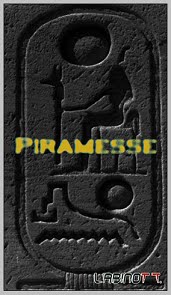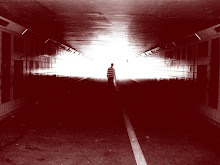
Friday 14 May 2010
Major Project update

Wednesday 12 May 2010
Major Project update
Wednesday 5 May 2010
Major Project update
Below is the script.
Once upon a time there was a mystery that took some 50 years to solve, and it involved an ancient capital of Egypt named Piramesses.
The Egyptian city of Piramesses was built by the Pharaoh, Ramesses the Great.
200 years after completion, Piramesses vanished without a trace and the city became
According to ancient Egyptians Piramesses was located in the Nile delta on the
For many years, Archaeologists tried to find the city, but since the easternmost branch of the
Nile had dried out millenniums ago, its location was difficult to identify.
French archaeologist Pierre Montet found what he thought was the ancient site of
Working in the 1920s, Montet found several monuments bearing the cartouche of Ramesses
When Montet’s team began digging, they found statues of Ramesses II alongside other
In 1966 Austrian archaeologist Manfred Bietak began mapping the disappeared branches of
When Bietak dated the Tanitic branch, he concluded it couldn’t have existed at the time of
Tanis was not the original location of Piramesses.
With the help of German archaeologist Edgar Pusch, Bietak discovered remains dating to
the time of Ramesses II at the modern village of Qantir 30 kilometres from Tanis.
At first, there appeared to be nothing ancient at Qantir. However, using new technology
But if Piramesses was at Qantir, why were there so many structures from the ancient city at
Around 150 years after the death of Ramesses the Great, the Nile branch that flowed around
Without a water supply, Piramesses was uninhabitable, but the city was too important to
Incredibly, the entire city was taken apart and transported to Tanis component by
Slaves were used to pull vast sledges upon which the dismantled city was carried. The
The mystery was solved some 50 years later, thanks to three men.
Saturday 17 April 2010
Major Project update
Sunday 4 April 2010
Major Project update





Since I needed to incorporate some animation into the project in order to demonstrate how the ancient Egyptians moved their city to a different location, I was thinking of going for 2D animation this time. However, this meant that I would have to choose a suitable style to base the people drawings on, since there were several drawing styles in ancient Egypt. So I began to experiment with some of the styles that existed at the time, below are some examples of some of the drawing styles I based my people drawings on.





Once I finished my quick drawings I began to think about which design would be suitable for my needs. Out of the five designs the top two designs stood out, so I decided to focus only on those two. Even though the top right one appeared a bit more detailed it didn't go well with what I had in mind, however, the top left one did pretty well.

Here are two images of the modelling in progress. The images depict the palace of Ramesses II.













